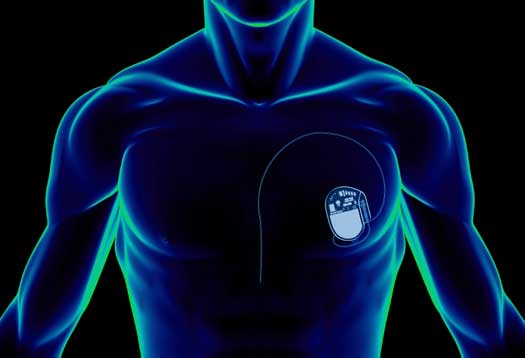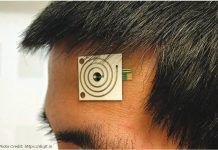
Cardiac Pacemakers Introduction:
Cardiac pacemakers have revolutionized medical care by saving countless lives. However, their Achilles’ heel lies in their batteries, which have a relatively short lifespan. Patients currently undergo costly and invasive battery replacement surgeries every 5 to 10 years. But what if there were an alternative?
The Quest for Battery-Free Pacemakers: A Ceramic Solution
Researchers at the University of Michigan have embarked on an exciting journey to address this challenge. Their groundbreaking work centers around heart-powered cardiac pacemakers that could eliminate the need for battery replacements altogether. Here’s how it works:
Blueprints for Energy Independence:
The Michigan University team has developed blueprints for a new generation of cardiac pacemakers. These pacemakers rely on a unique ceramic layer that expands and contracts in response to the heart’s natural rhythms.
As the heart beats, the ceramic layer generates energy, effectively powering the pacemaker without the need for external batteries.
Harnessing Human Motion:
The concept of generating electricity from human motion isn’t new. We’ve seen it in everything from electricity-generating sneakers to piezoelectric backpacks. However, the application of this idea to pacemakers is particularly elegant and crucial. Instead of relying on external movements, heart-powered pacemakers tap into the body’s intrinsic rhythms—the very heartbeat that they regulate.
The Science Behind It:
Researchers Dr. Karami and Dr. Daniel Inman (Chair of Aerospace Engineering at Michigan University) have developed a specialized device. This device can generate approximately 10 microwatts of power. To put this in perspective, it’s roughly eight times the amount needed to operate a pacemaker effectively.
It covers heart rates ranging from a gentle 7 beats per minute to a rapid 700 beats per minute.
Implications and Future Prospects:
Imagine a world where patients no longer face the anxiety of battery replacements. Heart-powered pacemakers could significantly enhance patient comfort and reduce healthcare costs. Further research and refinement are needed, but this innovation holds immense promise for cardiac patients worldwide. In summary, the marriage of cutting-edge materials (like the ceramic layer) with our own biological rhythms brings us closer to a future where pacemakers run on the heartbeat they regulate. It’s a testament to human ingenuity and the quest for healthier hearts.



